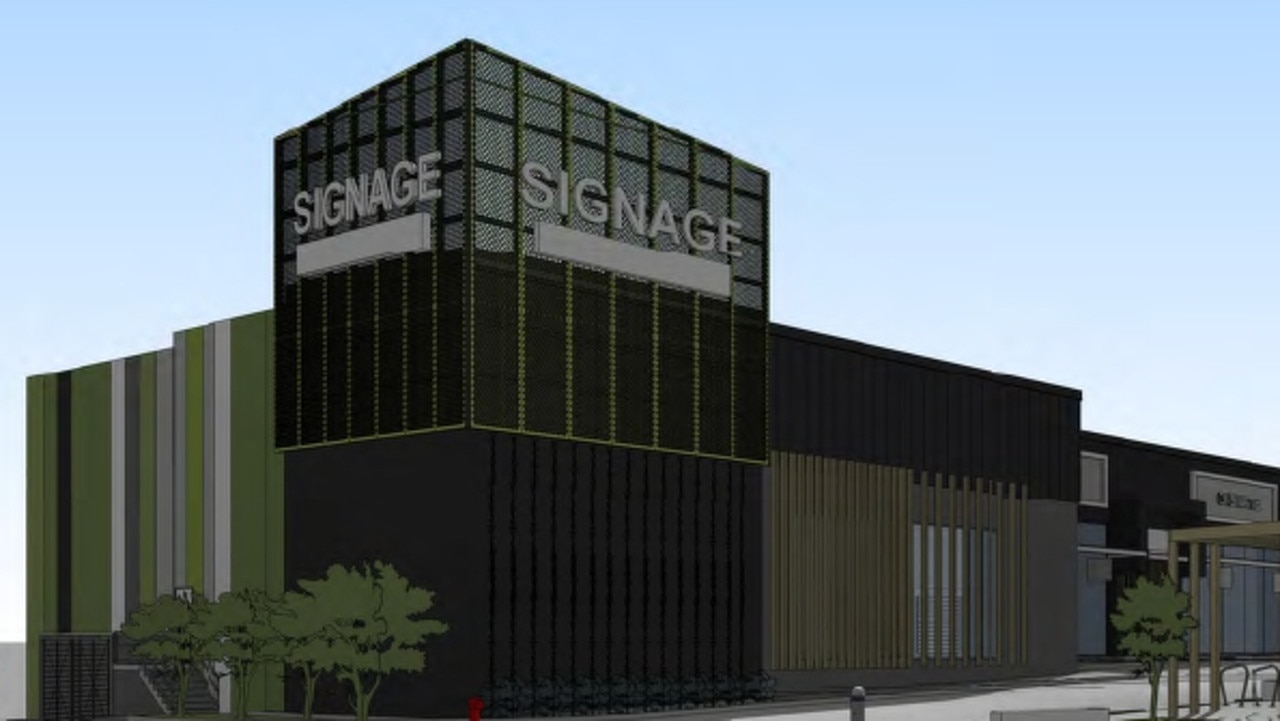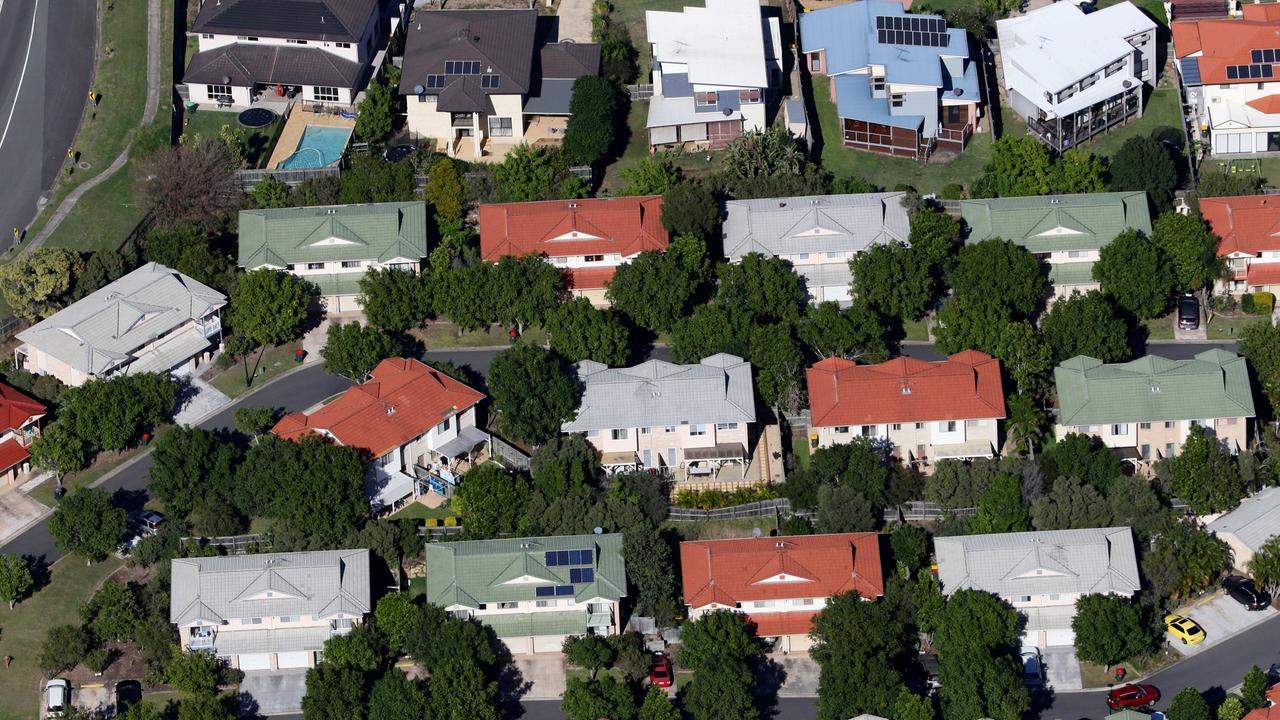What a house could cost you in Qld’s most affordable areas in 20 years
The state’s population is set to balloon by 2 million by 2046 and even some of the most affordable suburbs could see median house prices above $1 million. These are the suburbs to buy in now.
Property
Don't miss out on the headlines from Property. Followed categories will be added to My News.
Some of Queensland’s most affordable areas could have median house prices north of $1 million within two decades, with several locales tipped to see their populations exceed those of small nations.
Government projections show that Queensland’s population could blow out by 2 million by 2046, and that increase in demand will put huge pressure on prices and stock if housing supply can’t keep up.
Using Queensland’s 5.74 per cent compound annual growth rate for the period between March 2017 and March 2023, comparison site Finder looked into their crystal ball to determine what the median house price could be in the next 20 years.
Ipswich is currently a magnet for first home buyers with a median house price of $535,000, but government forecasts predict that the population could soar 126.77 per cent by 2046, up from 233,302 (2021) to 529,064.
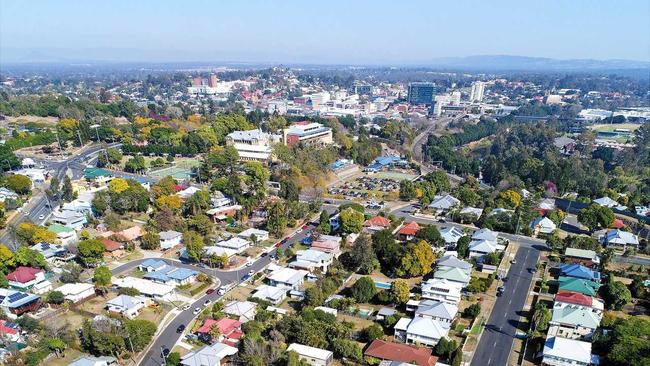
If that demand continues to outstrip supply, the median house price based on current trends could be $1,381,726 by then, according to Finder.
It is a similar story in the Moreton Bay region, where the population there is set to grow by 64.42 per cent and median house values could hit $1,838,858 within that time frame, up from $712,000 now.
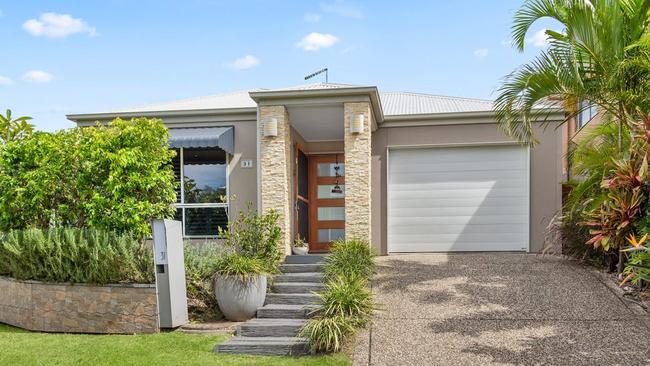
The third LGA tipped to see the biggest increase in new residents is Livingstone Shire on the Capricornia Coast, home to locales such as Yeppoon, Keppel Sands, Marlborough and parts of Rockhampton.
The median house price in Livingstone was $430,000 a decade ago but is almost double that now at $620,000, and based on current trends could hit $1,601,253 by the 2040s.
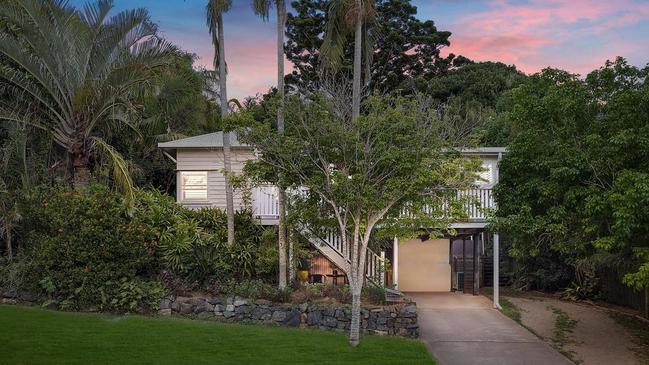
Finder’s head of consumer research Graham Cooke said the prices reflected what market values could be in 2040 if future market trends followed the state growth over the last few years.
“Many factors come into play when it comes to house price growth – economic conditions, development, population growth and wage growth are all factors that could be unpredictable over this time frame,” he said.
“We are using the state average growth to forecast all LGAs from the present value as a tumultuous market over recent years makes LGA-specific figures hugely variable – however it is worth noting that some values actually fell in recent years.
“The main disrupters to the Australian economy over the last few years were Covid-19 and Russia’s attack on Ukraine – neither of which were predictable.
“That being said, areas which have previously shown the most resilience to downward market pressure are likely to continue to do so.”

The Sunshine State was both blessed and cursed by the strongest interstate migration in the nation during the pandemic property boom, with home values and rents soaring as demand outstripped supply.
And that trend continues, with the latest report from virtual inspections company Little Hinges showing that Queensland continues to attract the lions share of eyeballs from both interstate and overseas buyers.
The Gold Coast leads the nation with 39.8 per cent of interstate buyers and 8.7 per cent of overseas buyers looking there, compared to 12.3 per cent and 7.1 per cent in Sydney.
Buyers are also looking at properties in Brisbane (19.9% interstate, 6.6 per cent overseas) and the Sunshine Coast (32.7% interstate, 6.7 per cent overseas).
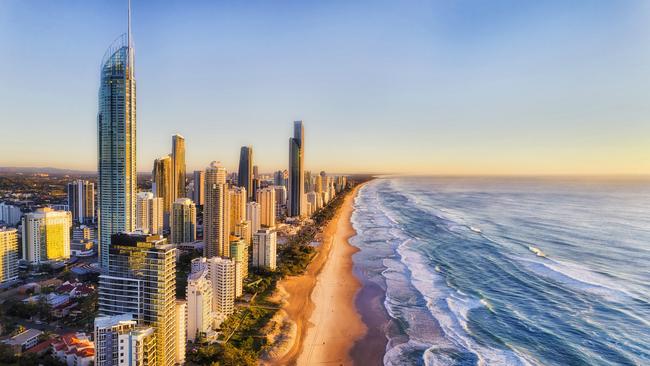
According to the population forecasts, the Gold Coast population is forecast to grow 55.11 per cent to 983,004 within two decades, while on the Sunshine Coast it is tipped to rise 57.37 per cent to 545,523.
The median house price on the Gold Coast is currently $1 million, up from $490,000 a decade ago, while on the Sunshine Coast it is $950,000, up from $450,000 in 2013.
Both markets were magnets for interstate movers during lockdowns, with the Finder analysis suggesting that median house prices in both locales could reach $2,582,666 and $2,453,532 respectively by 2040.
Meanwhile, Brisbane’s population is tipped to grow by 26.83 per cent to 1,603,148.
The median house price in Brisbane is currently $987,500, up from $520,000 a decade ago, and could hit $2,550,382 within two decades.

But it is not just the southeast corner where populations are expected to blowout.
The data shows that populations are also projected to grow in major regional centres such as Cairns (+36.53%), Townsville (35.49%), Mackay (+29.37%), Fraser Coast (+22.12%), Gladstone (21.745), Toowoomba (+20.58%) and Bundaberg (+13.96%) by 2046.
Median house prices in Cairns and Townsville could hit $1,443,710 and $1,045,980 respectively if current trends were to continue.
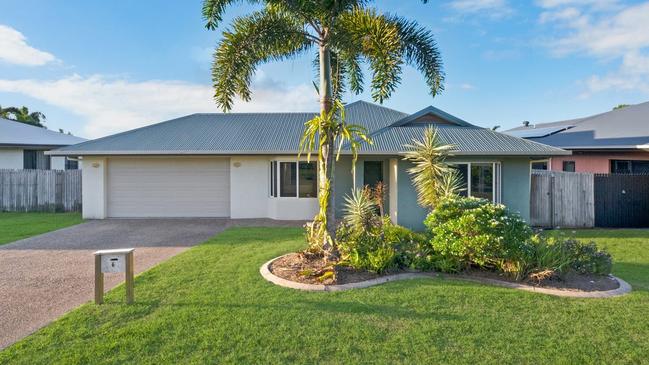
PropTrack economic research executive manager Cameron Kusher said that what type of housing is delivered and whether it was sufficient to cater to the changing population would be key.
“The factors likely to impact home prices over the next 23 years are demand in the form of population growth, demographic trends around an ageing population and changing household sizes and supply,” he said.
Property Council Queensland executive director Jen Williams said that ensuring the state had the right settings in place to accommodate new Queenslanders would be vital.
“It is no secret that Queensland is in the grips of a housing crisis,” she said.
“This is a crisis impacting across the entire housing continuum, but one that is being felt most acutely by society’s most vulnerable
“The population figures reinforce the need for all stakeholders to work together to ensure faster and better planning and delivery of housing.
“There is a desperate need to increase housing supply of all types and tenures, in just about every location across Queensland.”
Revealed: Mining magnate’s right hand man behind Qld’s record $34m sale
$150k drop: NRL star Valentine Holmes former home sold
Movie stars descend on Gold Coast mega mansion
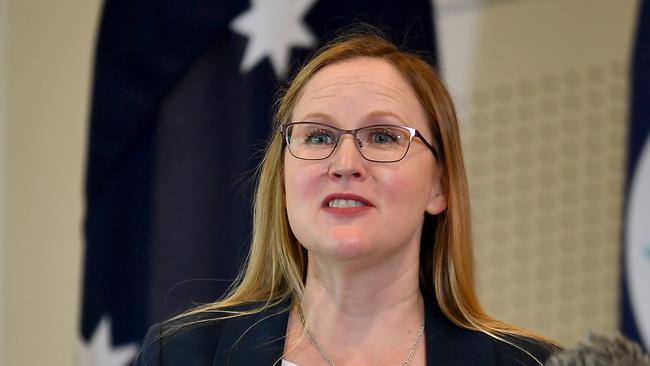
But Propertyology managing director Simon Pressley said that while population increases were one factor, they were “by no means the biggest factor”.
“In 2020/21, Australia had its lowest population growth in over 100 years yet we produced the second biggest property boom since European settlement,” he said.
“Yes, we do have a housing shortage and accelerating overseas migration won’t take that pressure off but as we have just seen, it is the movement of the existing population that has a bigger impact on markets.
“When you have more people competing to purchase an asset, prices go up.
“The two biggest influences are the economy and housing supply levels.
“But if this population forecast comes true, it shows they will need a lot more houses or there will be bigger problems than house prices.”
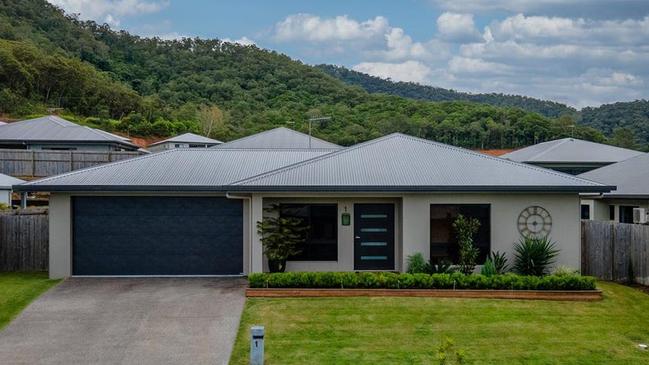
Of the 79 Queensland regions covered in the population forecast, only 28 were expected to see their populations decline – most in the outback
Regardless, Mr Cooke said that the great Australian dream of homeownership was turning into a nightmare for many.
“Affordability is a big issue right now for homeowners with around a third of them struggling to pay their mortgage,” he said.
“A devastating series of cash rate increases have made paying mortgages very expensive.
“We did see a small recovery in house price growth of late, but the recent cash rate increases may put an end to that.”
He said that Finder’s panel of economists were predicting one or two more cash rate rises, but there were signs that global inflation was starting to stabilise.
“Prices may continue to grow, but the cash rate will need to come down first,” he said.
“Houses won’t get more valuable if nobody can afford them.”
More Coverage
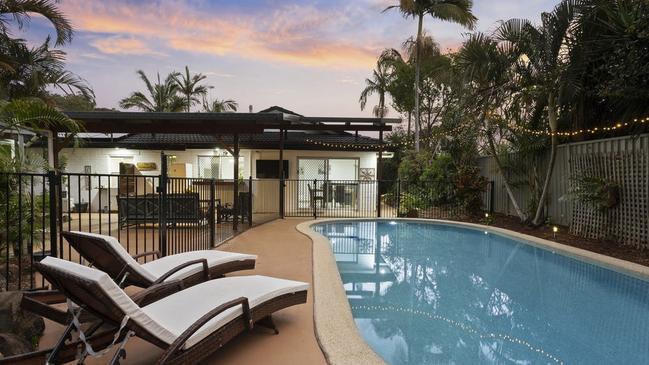
Originally published as What a house could cost you in Qld’s most affordable areas in 20 years




